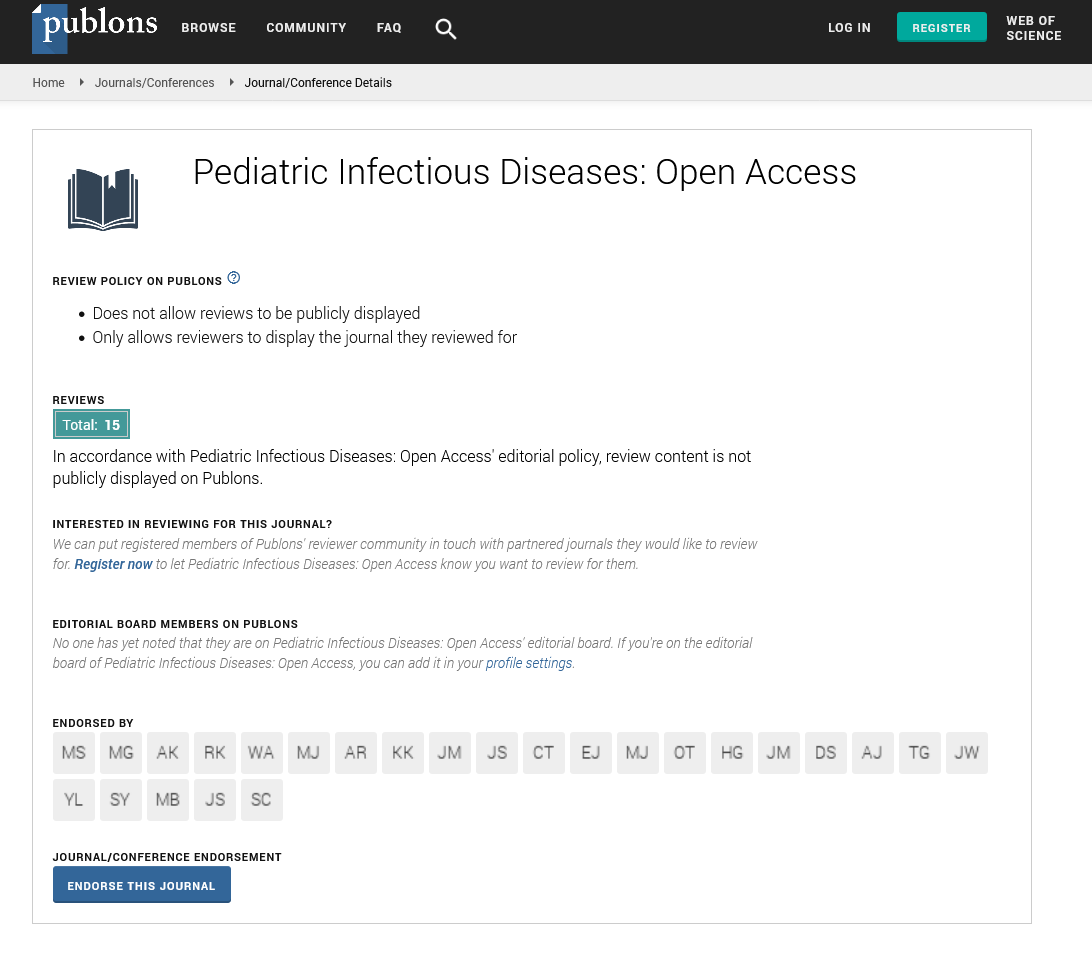Abstract
Children with Human Metapneumovirus
The paramyxovirus human metapneumovirus was found in the Netherlands in 2001. Epidemiologic investigations have revealed that it is a major cause of acute respiratory tract disease in healthy new-born and children all over the world, with a seasonal occurrence and clinical symptom spectrum that is quite similar to that of the closely related respiratory syncytial virus. The most common severe sickness necessitating hospitalization in otherwise healthy children appears to be in those aged 6 to 12 months, which is older than the peak age for respiratory syncytial virus admissions. Adults, particularly the elderly and those with comorbid diseases such as chronic obstructive pulmonary disease, asthma, and cancer, are at risk of contracting human metapneumovirus. The reverse transcriptase polymerase chain reaction is the most extensively utilized method because there is no quick diagnostic assay. Animal models have been created, and candidate live-attenuated vaccines are in preclinical testing, indicating that future interventions in high-risk groups may be possible.
Author(s):
George Patel
Abstract | Full-Text | PDF
Share this

Google scholar citation report
Citations : 230
Pediatric Infectious Diseases: Open Access received 230 citations as per google scholar report
Pediatric Infectious Diseases: Open Access peer review process verified at publons
Abstracted/Indexed in
- Google Scholar
- China National Knowledge Infrastructure (CNKI)
- Cosmos IF
- Secret Search Engine Labs
Open Access Journals
- Aquaculture & Veterinary Science
- Chemistry & Chemical Sciences
- Clinical Sciences
- Engineering
- General Science
- Genetics & Molecular Biology
- Health Care & Nursing
- Immunology & Microbiology
- Materials Science
- Mathematics & Physics
- Medical Sciences
- Neurology & Psychiatry
- Oncology & Cancer Science
- Pharmaceutical Sciences


